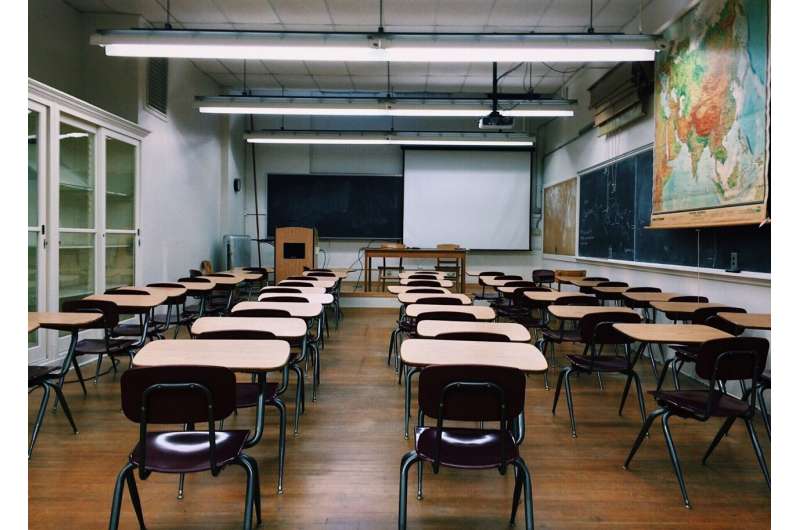RIGHT WING HAIR ON FIRE
Embedding First Nation knowledge and practices in primary/middle school mathematics and science

Authentic and sometimes confronting Aboriginal and Torres Strait Islander content is helping the next generation of Australian teachers be more socially responsible and inclusive, say University of South Australia experts.
In a UniSA study, researchers found that pushing pre-service teachers outside their comfort zones helped educate them about the injustices faced by First Nations' people—including racism, prejudice and discrimination—and to more confidently integrate Aboriginal and Torres Strait Islander content into their lessons. The study is published in the International Journal of Science Education.
Encouraging pre-service teachers to prioritize First Nations knowledges into their teaching is an essential element of the Australian Professional Standards for Teachers (AITSL) to deliver the best possible educational opportunities for Aboriginal and Torres Strait Islander students.
It also stipulates that teachers must engage all Australian students with current, accurate and culturally robust knowledge about First Nations histories cultures and languages.
But it's not always easy, especially when most Australian teachers, pre-service teachers, and teacher-educators come from European-Australian backgrounds, says UniSA Adjunct Associate Professor Kathy Paige.
"Teachers, pre-service teachers and teacher educators in Australia are predominately European Australian with a small minority of First Nations people," says Assoc Prof Paige.
"What this means is that their knowledge of Australian histories and living cultures is limited by what they've been exposed to.
"In this study, we challenged pre-service teachers to explore their own attachments to place, identity and belonging as a stepping-stone towards engaging with First Nations cultures, histories, Country, and identities.
"They then engaged in a range of authentic learning practices that helped reframe deficit views of Aboriginal students, parents, and communities as intractable problems to be overcome, to people who are capable, intelligent and valuable. This is vital for professional teachers."
The pre-service teachers also planned integrated mathematics and science units of work that identified key concepts and incorporated First Nations knowledges and ways of thinking. Some of these involved creating lesson plans to explore the biodiversity of the school grounds to help native butterflies flourish or investigating angles and shadows in a topic to minimize light pollution.
Co-researcher and UniSA Associate Director of Regional Engagement, Dr. Sam Osborne, says while the interventions indicated greater confidence levels among many pre-service teachers to embed First Nations content into their school curriculum, some students expressed lower confidence levels.
"This dip in confidence might seem negative, but it simply shows us that some pre-service teachers 'don't know what they don't know,' which is to be expected for many people of a European-Australian background," Dr. Osborne says.
"Despite the professional and ethical responsibility to embed Australian histories and living cultures into schools, most pre-service teachers have limited first-hand experiences and understanding of First Nations ways of knowing, which can make the process difficult for some.
"As passionate, experienced educators, we intentionally push the boundaries to ensure our teaching graduates have a sense of self-regulation to determine what they need to do to upskill and build confidence to locate and embed authentic First Nations voices, experiences, and knowledges across the curriculum.
"Empowering pre-service teachers to take on this responsibility, and understand the importance of doing so, is critical for a strengthened and more-just Australian identity for all Australian students."
More information: Kathryn Paige et al, Silence is not an option: pre-service teachers embedding First Nation knowledge and practices in primary/middle mathematics and science, International Journal of Science Education (2023). DOI: 10.1080/09500693.2023.2217986
Provided by University of South Australia
Generative AI in the classroom risks further threatening Indigenous inclusion in schools
No comments:
Post a Comment